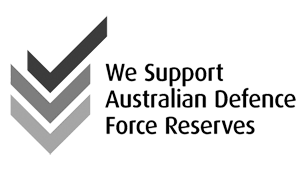
When purchasing a property in a recently developed area, an encumbrance in favour of the developer often appears against the title of the property. Encumbrances on property can be quite different in their terms and restrictions. There is no such thing as a “standard encumbrance”. If there is an encumbrance on a property that you intend on purchasing, you should seek advice on the encumbrance and the terms of the contract from an experienced property lawyer.
Overview:
- What is an encumbrance on property?
- Transfer of property with an encumbrance
- Lift & replace property encumbrances
- Deed of Covenant
What is an Encumbrance on Property?
An encumbrance on property can be a restriction regarding the use and enjoyment of the land. It is an agreement with various obligations on the parties, restricting or forbidding the commission of some act or acts and can be satisfied by inaction.
Many encumbrances aim to maintain uniformity within the development as they are applicable to each and every property in the area. These types of encumbrances can be seen as a benefit as they prevent certain types of development and require the use of certain building materials and colours.
Transfer of Property With an Encumbrance
If there is a title encumbrance, it is important for your conveyancer or solicitor to establish what is required of the encumbrance if the property is transferred.
Some transfers are subject to the encumbrance (i.e the original encumbrance ‘flows on’ to the next owner with each transfer). As long as you are aware of the existence of the encumbrance, are willing to abide by the terms, and the terms do not affect your future plans for the property, there is no further action required.
Lift & Replace Property Encumbrances
Other encumbrances must be ‘lifted and replaced’ as the terms specify they do not run with the land. The existing encumbrance on property is discharged as part of settlement (i.e. lifted) and a new encumbrance in the purchaser’s name in similar terms is registered at settlement (i.e. replaced).
You need to be aware of the following if the encumbrance is a ‘lift and replace’:
- As any new encumbrance must be lodged prior to your mortgage documents, your mortgagee (financier) must be made aware of the new encumbrance, and will probably require a copy. Your conveyancer will attend to this as part of the settlement process.
- Additional fees are usually applicable for the new encumbrance on the property, and are payable to the conveyancer or solicitor who originally prepared the document. Your conveyancer will include this amount (approx $300.00 plus GST plus registration fees) on your settlement statement.
Deed of Covenant
Sometimes, encumbrance terms require a Deed of Covenant to be entered into by the purchaser, with the transfer made subject to the encumbrance. This Deed merely binds the purchaser to the terms of the encumbrance already registered on the title.
If you have any queries about encumbrances on title/property, speak to your conveyancer. They can answer questions about restrictive covenants, encumbrance property law and your obligations as a new property owner. At Beger & Co, we also have an experienced team of commercial conveyancers that can assist you with your commercial property.
Need a property lawyer Adelaide? For further information please contact Anna on 8362 6400 or email Anna Pantelios. Join our mailing list to receive updates and advice on current issues.







